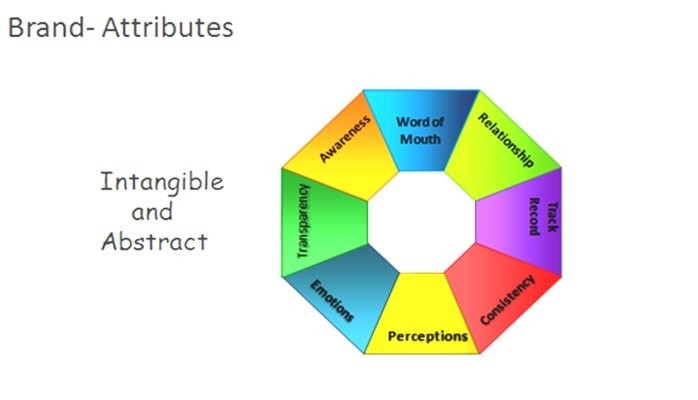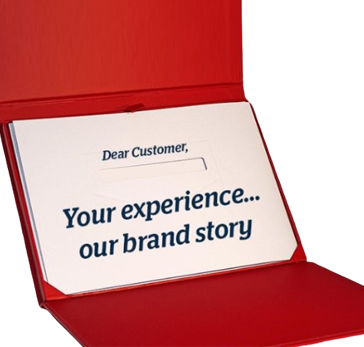The concept of Brand Management has evolved rather well over the years in the B2C space but when it comes to B2B, especially SME segment owned by first generation entrepreneurs, owners are still rather apprehensive about fundamentals of value addition from branding. Also, the fact that Branding is no longer an option but a necessity is still far from comprehension.
Awareness for branding is evolving, slowly though, with several businesses transitioning from the questioning phase towards inquisitive efforts to introduce a disciplined and structured branding program for their business. This awareness and appreciation are apparent more in the businesses that are changing hands to the second and third generation entrepreneurs. Budgets remain a serious concern, though and I would like to share more about this in another article in this series.
It is not difficult to argue that even in a B2C segment, a customer’s own brand value depends on the B2B brands that he partners with along supply chain and one wrong decision could create negative brand value and sometimes, create damage beyond control. Further periodic investment in branding to stay connected with customer expectations and market dynamics is an absolute necessity and not an option anymore. Having said that, one underlying difference in Brand positioning strategy between B2B as opposed to B2C is that in B2B businesses, brand building is a very holistic, customized and a continual process with branding processes spread over several months due to multiple touch points that need to be addressed along the customer journey. Also, the brand propositions in B2B segment are largely intangible and hence more complex.
However, it is hard to pick any of the 8 attributes displayed above as the single most important brand proposition. It is in fact all of these and more intangibles, that make up for customer journey experience in a B2B brand and the resultant brand image which is intangible and abstract. Besides, all the attributes are interconnected and complement each other somewhere along the experience journey.
More specifically, if we are attempting to build a brand for a product segment that already has well established players, the challenges a supplier would face from his prospective customer are highly abstract. Here are some examples
- Why change over when your competitor product already working well
- What makes you unique
- How do we know you can sustain long term?
- What are the costs of change over?
- Why do we need to incur these costs when we already have a trusted supplier?
A well-structured and sustainable branding and promotion strategy combined with tactical actions to build confidence in the customers, will undoubtedly lead a B2B supplier to the first step of building customer confidence to trial – associate. This then becomes an opportunity to succeed in the challenging journey towards winning sustained customer confidence in the product and go beyond towards ultimate goal to achieve Brand equity both for himself and his customer. My own experience in a B2B space has been an enjoyable testimony to the fact that the first few customers takes extremely long to build. But if we manage to create a pleasant and fulfilling customer experience in the initial stages, the first, second, third customers and so on will co create brands for us and a 10x/20x/30x growth will not be far from success and with only marginal efforts. This is, provided of course, as a B2B supplier, we do everything right to nurture and sustain the brand building process.




